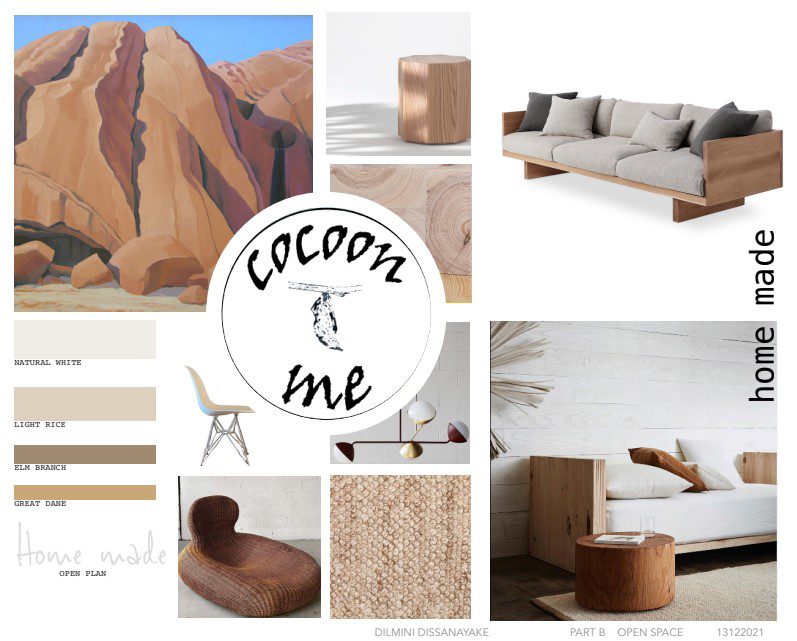What is the Slow Home Movement?

So why are slow movements taking over? The slow food movement, philosophies of slow travel, slow living and slow architecture have been taking root around the world since the founding of the Slow Food organisation in Europe in 1989.
At the end of the day, slowing down may not be easy, but necessary.
You may have heard of Carl Honoré’s, In Praise of Slow – talked about in reverential tones as it’s passed from reader to reader. Exploring the implications of the slow movement, Honoré advocates for the many benefits of resisting our current culture of speed.
“And sometimes it takes a wake-up call, doesn’t it, to alert us to the fact that we’re hurrying through our lives, instead of actually living them; that we’re living the fast life, instead of the good life,” Carl Honoré said in his 2005 TED Talk, In Praise of Slowness.
That idea of living the “good life”, of taking time to do things well, and generally slowing down for the things that matter is deeply influential on the slow home movement.
So What is the Slow Home Movement?
Curating a slow home means the very opposite of following the merry-go-round of ever-changing trends, where we constantly update our homes and lives to have the latest – only to throw it out when the next must-have item comes along.
Having a slow home might mean having a kitchen that allows you to cook meals (rather than just heat food) and a productive garden that means you can grow some of that food from home. If cooking isn’t your thing, then a slow home might be as simple as planning for a living, dining area, or outdoor space that allows you to savour time with family and friends.
Slowing down and practising conscious consumerism has ties to the sustainability movement, Scandi minimalism, and Marie Kondo’s KonMari method. Being cosy and cocooned and slowing down to enjoy our homes also fits well with the idea of hygge that swept the world.
There’s also another Scandinavian term or trend closely tied to the slow movement that you’ll hear discussed more and more – lagom.

Slow homes are comfortable, inviting, and sustainable like this concept from ISCD graduate Dilmini Dissanayake @dilminid
What is Lagom?
The Swedish concept of lagom celebrates the idea of something being “just enough.” This makes it similar to the KonMari method, in that everyone’s idea of lagom will be slightly different. What “sparks joy” for one person, will not spark joy for another, and while your idea of lagom might lead you to minimalism, someone else might find that it means hanging on to treasured items that give them a sense of a full home and life.
All of this makes lagom less prescriptive than other movements. It’s all about finding that balance that is “just right”. So if you are using the idea to declutter, or to opt for a slow home, then it won’t be because it’s what you have to do to fulfil some obligation to the lagom trend, it’s because it’s something that you want to do to achieve greater balance and satisfaction.
Both the lagom ideal and the slow home movement are about making room and making time for the things that are important.
Slow Homes and Sustainability
Slow homes are also inextricably linked to sustainability. But why? How does slow become sustainable?
Maybe it’s easier to think of all the ways that fast is unsustainable. Think single-use plastic from fast-food meals, the cheap homewares that will be good enough until they break and become landfill, or just the constant need for more, more, more.
An article in Dwell noted that, “The idea of slow architecture includes proper context, materials, sustainability, and affordability while still retaining aesthetics.”
It’s clear that we need to live more sustainable lives, but fashion and design trends haven’t always supported this. It’s no wonder that people are choosing to create their own philosophies to replace many of these unsustainable ways of life, and to opt for conscious consumerism, sustainable materials, and objects for their homes that are built to last.
View this post on Instagram
Slow Homes that Sustain Us
Of course, the slow movement is also about creating a life that is sustainable (and sustaining) for ourselves.
For obvious reasons, marathon runners don’t match the speed of Usain Bolt – they choose a sustainable pace to go the distance. In our own lives, we need to choose a sustainable pace too, if we are to avoid burnout and prioritise our wellbeing.
Slow architecture and lagom encourage us to think about what we can do for a better society and for a better environment, but slow living in a slow home also forces us to slow down and think about what we want our home to give us.
What is the purpose of a renovation, or a new build? Practitioners in the design industry have been using elements of the slow philosophy for as long as these professions have existed. It’s that moment in the design process when they stop to think about what will serve the client best.
Homes that are built, renovated or decorated using a slow philosophy have the ability to be more tailored to an individual, more fit for purpose than homes or designs produced en masse, and as a result, more sustainable and sustaining for their inhabitants.